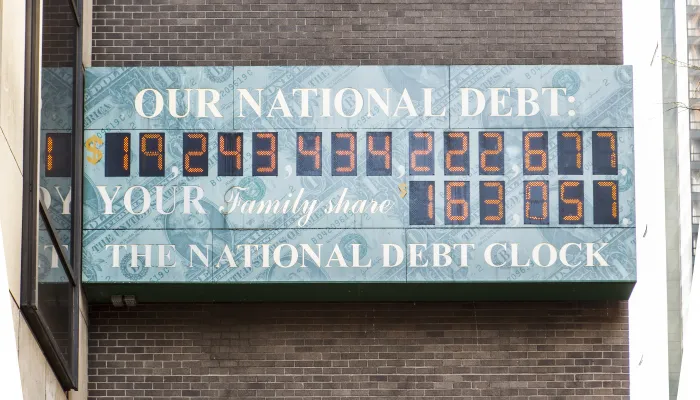It's Not Free Money
Paul Krugman and other advocates of more federal stimulus spending cite today’s extremely low real interest rates, near zero or negative, as reason to borrow and spend this "free money." As Jared Bernstein, another stimulus advocate, points out, though, the notion of free federal debt is a fallacy. The United States has not been without debt since 1837. When more debt gets added, it is very probably here for the rest of our working lives, either directly or indirectly as it prevents us from paying down that much more of our current public debt of some $11 trillion.
Furthermore, interest rates will rise at some point as the economy gets back to normal, (maybe) the flight to safety from European debt slows, and the Federal Reserve winds down its balance sheet and purchases of long-term Treasury securities. Although the Treasury Department is lengthening the average maturity of the public debt to lock in lower rates for a longer period of time, the average maturity still only sits at about four years, and much of the public debt is rolled over within a few years.

To be sure, if we have a federal project we were going to spend money on anyway, particularly one which could help promote economic growth or otherwise reduce future deficits, low interest rates might make it more attractive to do now as opposed to later. And if the upfront costs were offset over a period of time with permanent deficit-reducing changes, the interest concern would be addressed. Still, we should be honest about the cost of unpaid for new spending or tax cuts. Every $10,000 borrowed today will accumulate interest. Over the span of a 45-year working life starting today, based on CBO projections of future interest rates on the debt, that $10,000 will grow to $31,000 after adjusting for inflation. It's not free money.


